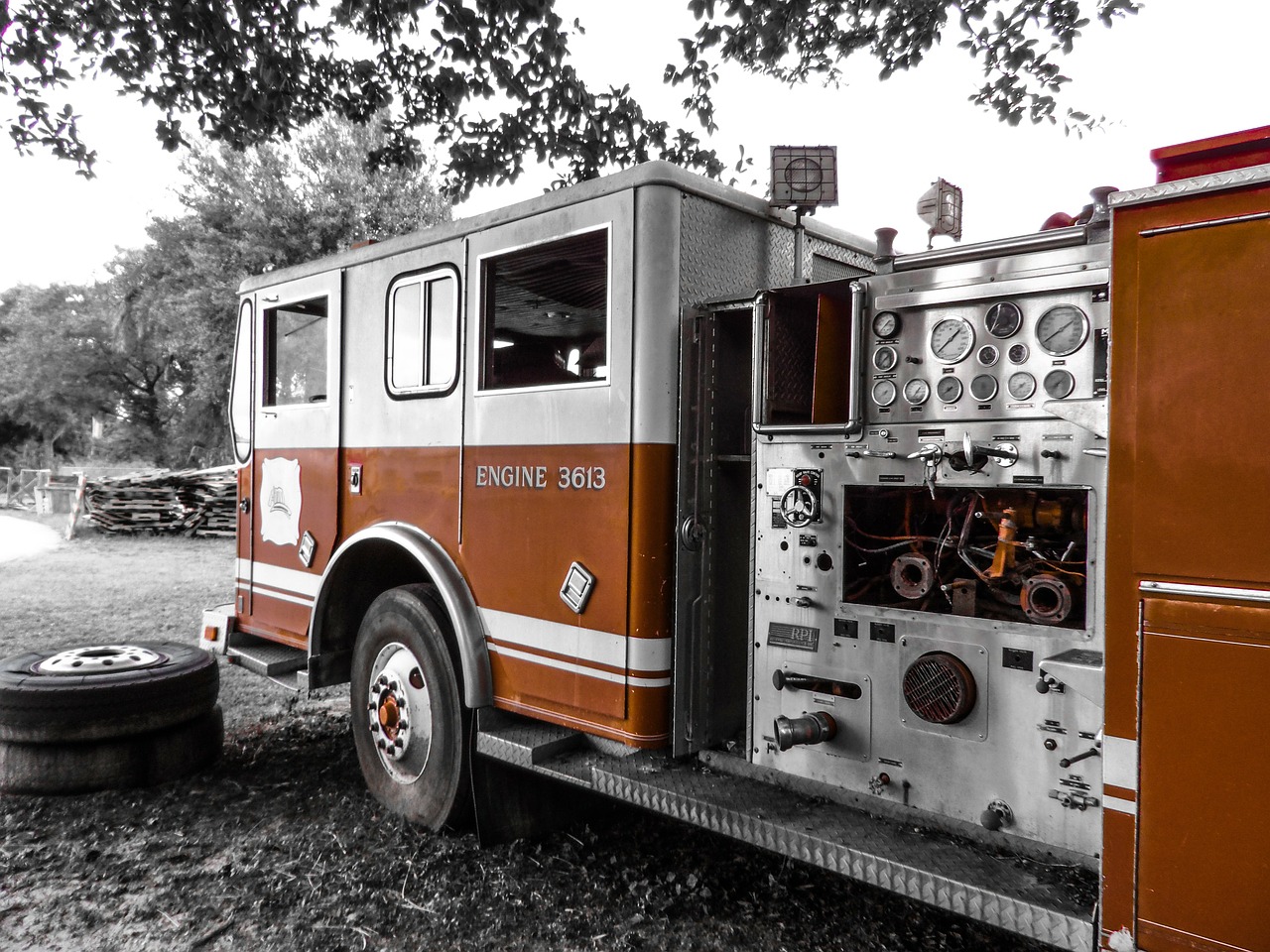Ola the taxi aggregator based in India has been trying out everything to keep its competitor Uber far behind the company. The Indian Online taxi Aggregator Company started in the year 2010 has been steadily growing in its home market.
Ola has clearly stayed the leader in Indian taxi industry with Uber trying to catch up with it. The company also acquired one of it smaller competitors Taxiforsure. The deal was finalized for $200 million and consequently, it announced the shutdown
The company was founded by Bhavish Agarwal and Ankit Bhati, IIT Bombay graduates. At present, there are two lakh cars registered on this platform and ply in hundred Indian cities. The company has been steadily finding out innovative ways to capture more market.
In India taxis were a thing of luxury earlier because of their high prices and unavailability in very place. But with aggregators of this sort the scene has completely changed and many people are willing and are affording to travel with them.
Ola Auto
The traditional Indian 3 wheeler “auto rickshaws” which are a common sight in the South Asian transportation were also incorporated into Ola. These vehicles are popularly used in urban centers across India and are cheaper than a car for travel. Ola first introduced them the in-trial basis in Bangalore and has now expanded into other major Indian cities like Chennai, Pune, Hyderabad, and Kolkata.
However, Uber has not been successful in the auto sector and has called off its experiment in the Delhi.
This is one trial which shows that Ola has the ability to cater Indian markets more efficiently than other multi-national because of its abilities to understand the local market.
Some of the Indian cities have auto rickshaws that are notoriously famous for overcharging customers, with Ola auto it’s quite economical for customers as the pricing is fixed.
In the mid-2016 Ola also launched e-auto rickshaws on its platform that will let users book electric vehicle in Delhi NCR. A total of 5,100 is expected to be deployed.
The company has also introduced two new services rental and outstation. One which lets the riders hire Ola cabs on an hourly basis instead of the point-to-point service and outstation is for intercity travel.
The company also has tied up with Mahindra Company for providing finance and vehicles to drivers. The drivers are eligible for up to 100 percent financing on both new and used vehicles.
Also check : Best apps for printing Instagram Photos
Ola shuttle
The new venture of the company at present is the shuttle services. The services began in September 2016 in two areas one in Bangalore and the other in Gurgaon with around 100 routes and 500 shuttles. Other cities the services will be expanded will be announced shortly.
This announcement comes at a time when the company has raised 400 million funds and stands at a valuation close to 2.5 billion, in the April of 2016.
While Uber is trying to move into more countries Ola has steadily been growing as a dominant force in the home market. Ola does not want to lose out in India, which is the fastest growing economy in Asia with 1.3 billion population along with the rapidly growing middle class which is now getting empowered with smartphones and the internet.
This is the most positive environment for the growth of a company which depends on upon smartphones and a population which can afford to travel on cars.
Sundeep Sahni, VP of initiatives at Ola the shuttle service is for commuters who travel on cars, bikes, and auto rickshaws normally.
It will cost the riders less than a dollar (INR 66) than a normal taxi ride which cost around 4-6 dollars in a private taxi.
The vehicles transport around 12-10 people along with in-vehicle facilities like Wi-Fi, entertainment, and air conditioning.
The CEO of the company Bavish Agarwal stated that the service is for people who travel by their own vehicles to work in cities.
The shuttle service will launch in 20 routes for 100 shuttles and will be completed by drivers who own their own vehicles. Passengers can use the application to track the shuttle service on the map and book their seats and pay for the ride. The VP stated the company will be investing at least 50 million into the new service.
The shuttle concept has been picking up pace across the world. In USA Via offers the service in Manhattan by picking up riders who travel in the same direction and books them a shared vehicle. Also, the cab aggregator in China Didi Kuaidi launched the same in July 2016.
Ola is not the sole operator in this business in India there are a bunch of companies competing to capture the market like rBus, ZipGo, Shuttle, and Cityflo.
rBus at present is available in Mumbai and offers 10 rides a week for INR 500. They have a deal with various chartered bus operators to source vehicles.
Shuttle based in Delhi offers economical commute to the urban population.
Other ventures of Ola
The company has also entered the grocery and food delivery. The food delivery service is called Ola Café.
Other initiatives
To ensure further connectivity and seamless communication between the driver and the rider the application is now available in Indian languages. The driver application can be found in 8 languages which include Malayalam, Kannada, Tamil, Gujarati, Punjabi, Telugu and Marathi apart from English.
For a country like India where internet connectivity si not excellent the company has launched app-SMS service based on the user’s location obtained from Google play store. When the rider phone loses connectivity the reach can be through SMS for all critical communication.
Also check :Most Million Dollar Apps
Wi-fi
Also, the company is providing Wi-Fi to its travelers. Over 200 Tb of data is being consumed by its riders every month showing how much attraction it has created in Sedan and SUV service.
Issues
The company has run into the issue with the Delhi government for its surge pricing.
Surge pricing is the dynamic pricing system that changes with the increase in demand basically meaning that the prices will rise in case of excessive of demand. The Delhi government brought in the odd-even rule to curb the pollution issue during which many citizens complained of heavy prices by Ola.
According to odd-even rule, odd and even numbered vehicles ply on alternate days with no restrictions on Sunday this limited the number of vehicles on road and pushed people to hire cabs. So an increase in demand made prices go up. Later the government warned against increasing prices and both Uber and Ola canceled surge pricing which led to the decrease in a number of vehicles.
Anand Rajendran is a marketing professional with eight years of experience. He is currently working with a number of companies in the field of digital marketing, closely collaborating with a couple of e-commerce companies like Zoplay and Dectar. Zoplay deals with all Uber for x applications which sells uber for x softwares.






Comment here